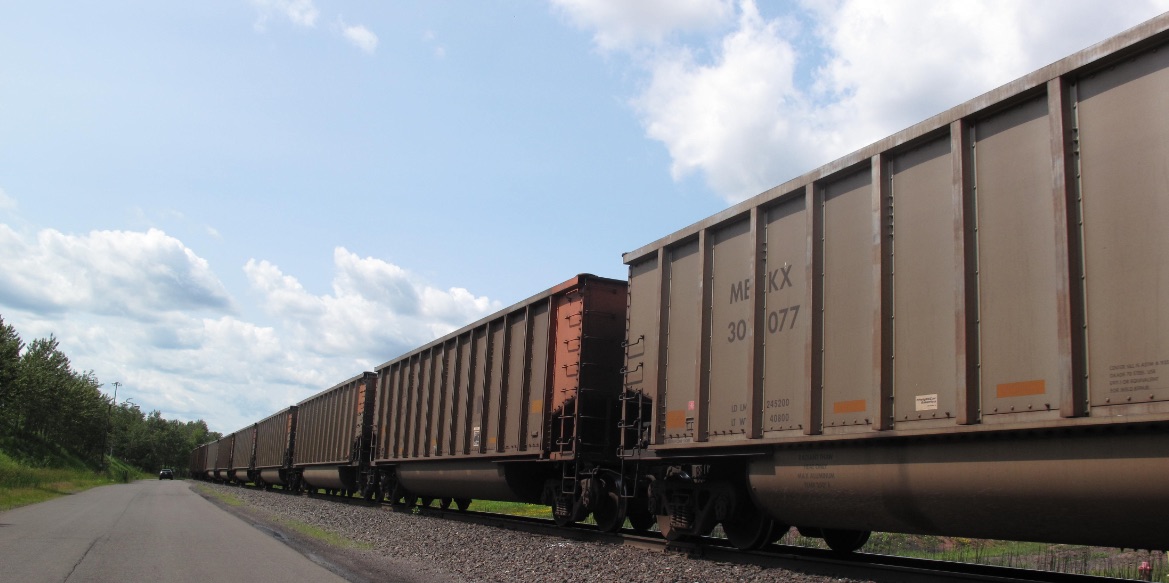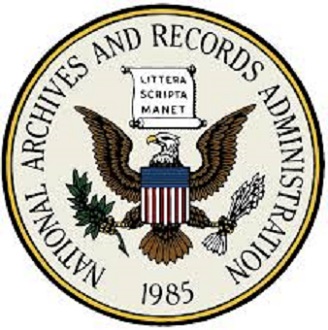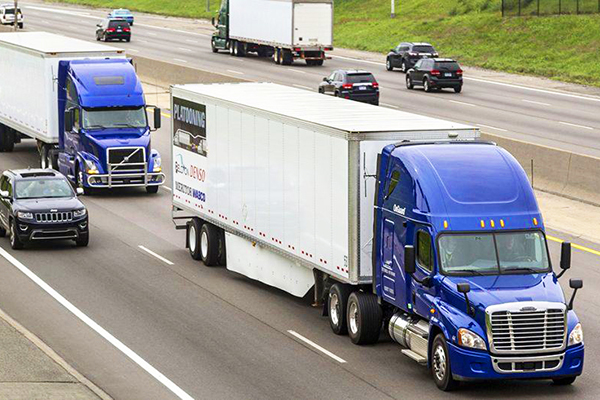All-hazards assessments of major freight corridors in the MAASTO region’ report available at link. A look at all-hazards assessments for nominated multi-state corridors, resources available, mapping of historic hazards, and a hazard ranking system.
Category: Research
As transportation professionals, do you feel we see the transportation system a bit differently than the average person? Check out this report by the Mineta Institute on public perceptions of federal transportation funding, and a host of other topics. Please see the link below for more. https://transweb.sjsu.edu/research/2303-Transportation-Federal-Tax-Year14-Survey
The movement of hazardous goods on rail and highways multiplies the potential consequences of any crash. Critical rail and highway corridors transect rural areas and crashes can result in impacts to low income or minority communities, natural resources, and the many smaller towns. Additionally in rural areas, emergency resources are less likely to be available, or […]
Check out the MAFC “Resources” page for recent reports and TPIMS! See: New Reports: MAFC 30: Preparing for Future Truck Operations: Fleet Electrification and Alternative Fuels MAFC 29: Maximizing State Marine Freight Planning TPIMS: MAFC TPIMS Archival Trucks Park Here
Read below how electric trucks are part of the plan for clean air in California. https://www.fleetowner.com/emissions-efficiency/article/21263152/biden-epa-grants-californias-heavyduty-vehicle-waiver-to-mandate-electric-trucks
This article was originally posted on December 30th, 2019. Comments due February 10, 2020 on the NFSP. The request for comment includes specific questions about how the plan should address several industry and agency policy issues. Access the federal register request link here.
A Mountain-Plains Consortium (MPC) publication reported on a study titled Cognitive Underpinnings of Beliefs and Confidence in Beliefs about Fully Automated Vehicles which investigated the cognitive underpinnings of consumers’ beliefs and confidence in their beliefs about fully automated vehicles. Following previous research, opinions about self-driving cars tended to be mixed. The most negative views were held […]
The Mid-America Freight Coalition, in cooperation with the MAASTO Working Group on Automation and Platooning, has published its report, Developing a Regional Regulatory Approach to Truck Platooning in the MAASTO Region: A Literature Review of the History, Progress, and Benefits of Truck Platooning. Download the Truck Platooning Report This report provides an overview of the development of truck platooning and automation […]
Three MAFC member states’ freight plans scored among the best in a recently release report from the American Transportation Research Institute (ATRI), “Identifying State Freight Plan Best Practices.” Freight plans from Iowa, Michigan and Ohio were among a dozen freight plans selected by ATRI as exemplary in terms of planning, assessment, and implementation practices. The goal […]
The Mississippi River is a critical corridor for transportation of agricultural products and, in turn, is critical to the economies of the states that utilize the river to transport these trade goods. The report assesses the total impact of lock and dam closures along the Upper Mississippi River and then demonstrates how the cost the closures, or improvements designed to mitigate their impact on the highway side, compare with the cost of improving Upper Mississippi River control structures.








